Ficus black, commonly known as the weeping fig or Benjamin fig, is a popular indoor and outdoor tree-like plant belonging to the Ficus genus and the Moraceae family. This plant is well-known for its graceful, drooping branches and lush, glossy foliage. Here is a detailed description of Ficus benjamina:
Scientific Name: Ficus benjamina
Common Names: Weeping fig, Benjamin fig, Ficus tree
Description:
- Leaves: Ficus benjamina is characterized by its glossy, elliptical to lance-shaped leaves. The leaves are typically 2 to 5 inches long and 1 to 3 inches wide, with a pointed tip. They have a dark green color and a smooth texture. The leaves are arranged alternately on the branches and are densely packed, giving the plant a lush appearance.
- Size: In its natural habitat and when grown outdoors, Ficus benjamina can reach impressive heights of up to 60 feet (18 meters) or more. However, as a potted indoor plant, it is often kept pruned to a more manageable size, typically between 3 to 10 feet (1 to 3 meters) tall. Its growth rate can be moderate to fast under the right conditions.
- Trunk and Bark: The plant’s trunk is typically slender and can develop a slightly grayish or beige bark. In older specimens, the bark may become slightly rough and textured.
- Habitat: Ficus benjamina is native to Southeast Asia and is found in regions such as India, Malaysia, and Indonesia. It thrives in tropical and subtropical climates, and it is often grown as an ornamental tree in gardens and parks.
- Light Requirements: This plant prefers bright, indirect sunlight. It can tolerate some direct morning or evening sunlight, but too much direct sun can scorch its leaves. Inadequate light can lead to leaf drop and reduced growth.
- Watering: Ficus benjamina prefers consistent moisture but should not be overwatered. Allow the top inch (2.5 cm) of the soil to dry out before watering again. Be cautious not to let the plant sit in standing water, as it can lead to root rot.
- Temperature and Humidity: This plant thrives in warm, humid conditions. It prefers temperatures between 65-75°F (18-24°C) and appreciates higher humidity levels. If you’re growing it indoors, consider using a humidity tray or misting the leaves to increase humidity.
- Pruning: Pruning can help shape the plant and control its size. Ficus benjamina has a natural tendency to shed lower leaves, so regular pruning can encourage bushier growth and maintain a fuller appearance.
- Fertilizing: Feed the plant with a balanced liquid fertilizer every 4-6 weeks during the growing season (spring and summer). Reduce or eliminate fertilization in the dormant season (fall and winter).
- Pests and Diseases: Watch out for common houseplant pests like aphids, mealybugs, and spider mites. Ficus benjamina is also susceptible to leaf drop when subjected to environmental stress, such as sudden changes in light or temperature.
Ficus benjamina is a beautiful and elegant indoor plant known for its aesthetic appeal. Proper care, including attention to light, water, and humidity levels, will help ensure its health and longevity as a cherished addition to your home or garden.

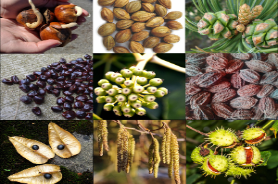





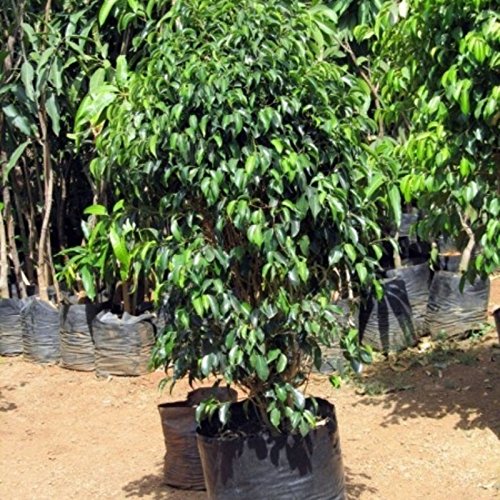
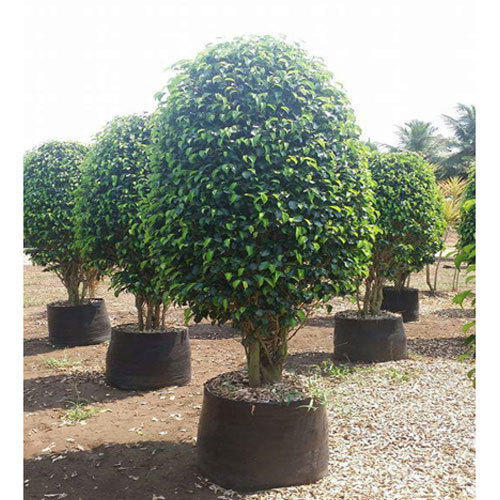
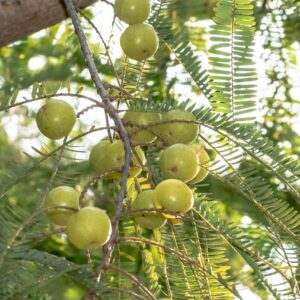
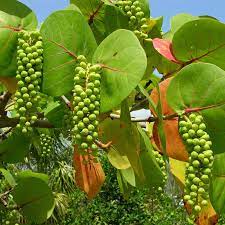

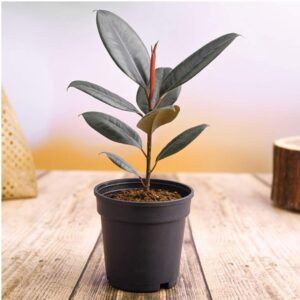
Reviews
There are no reviews yet.